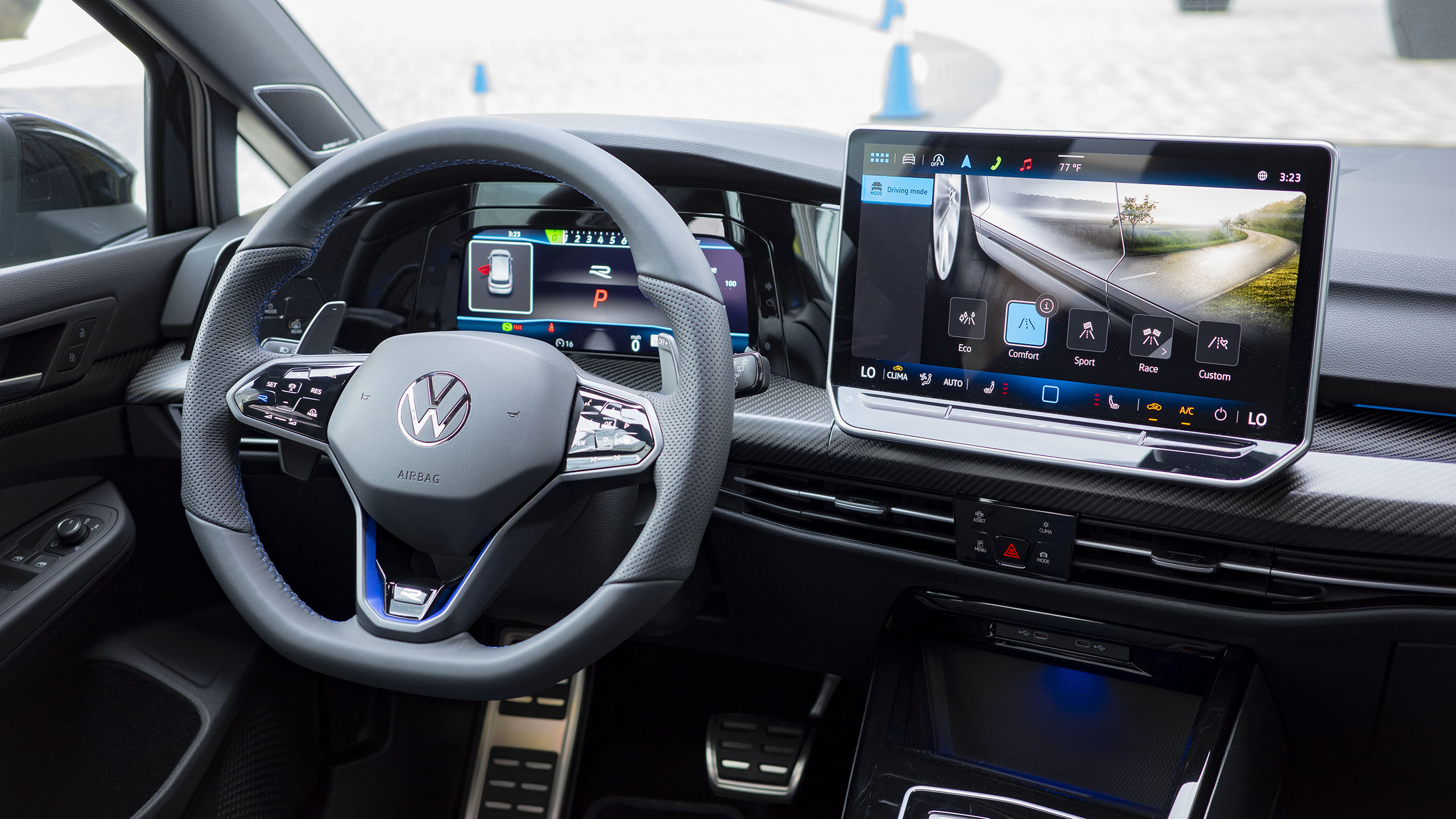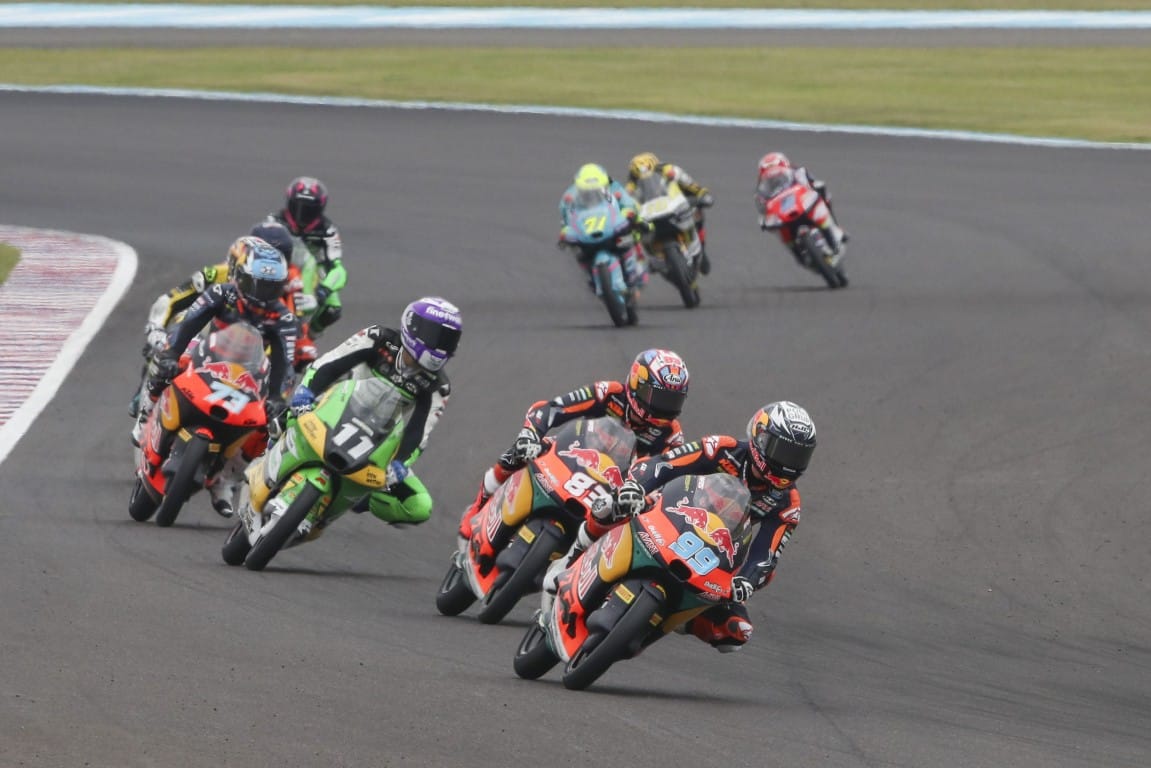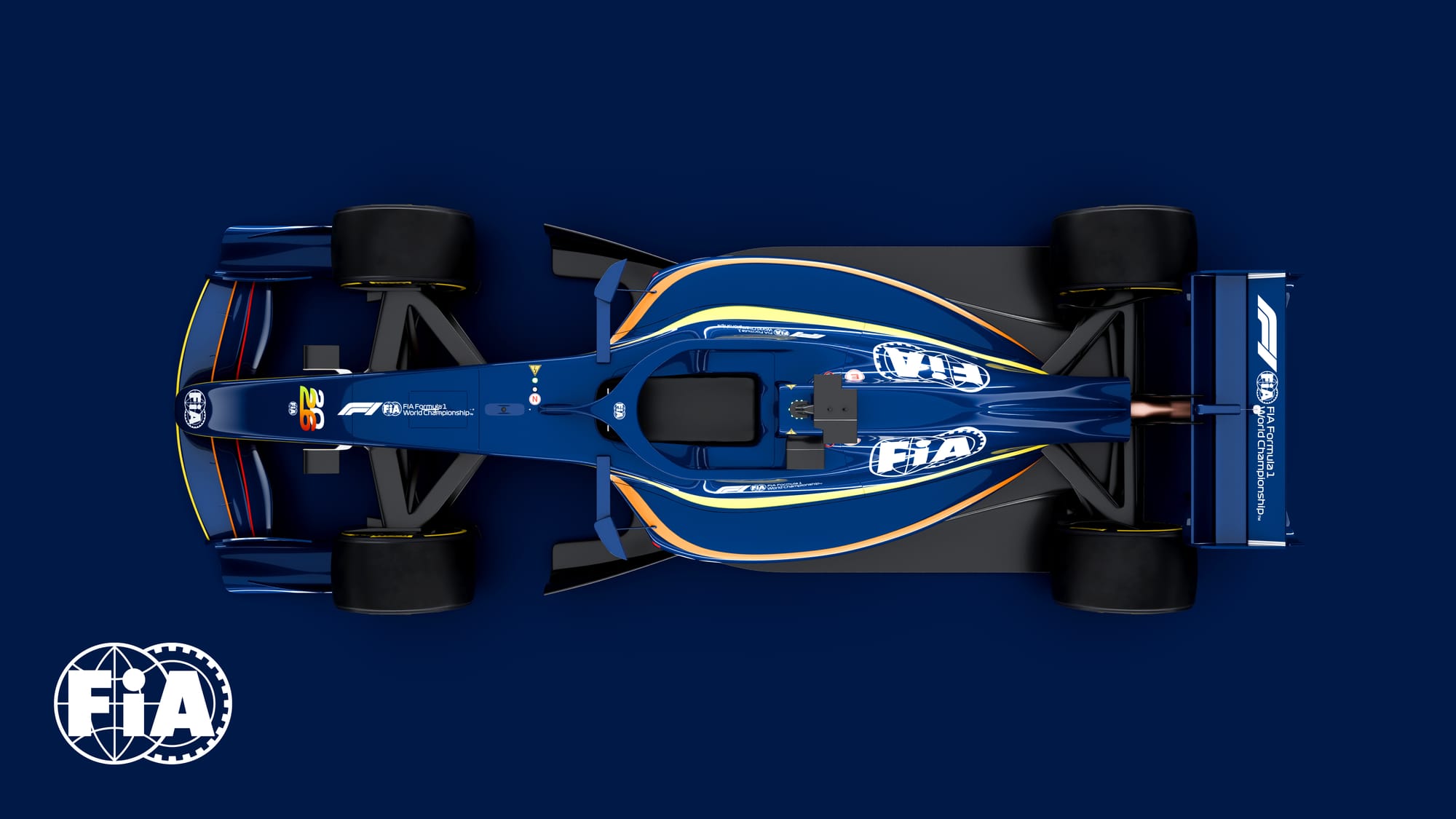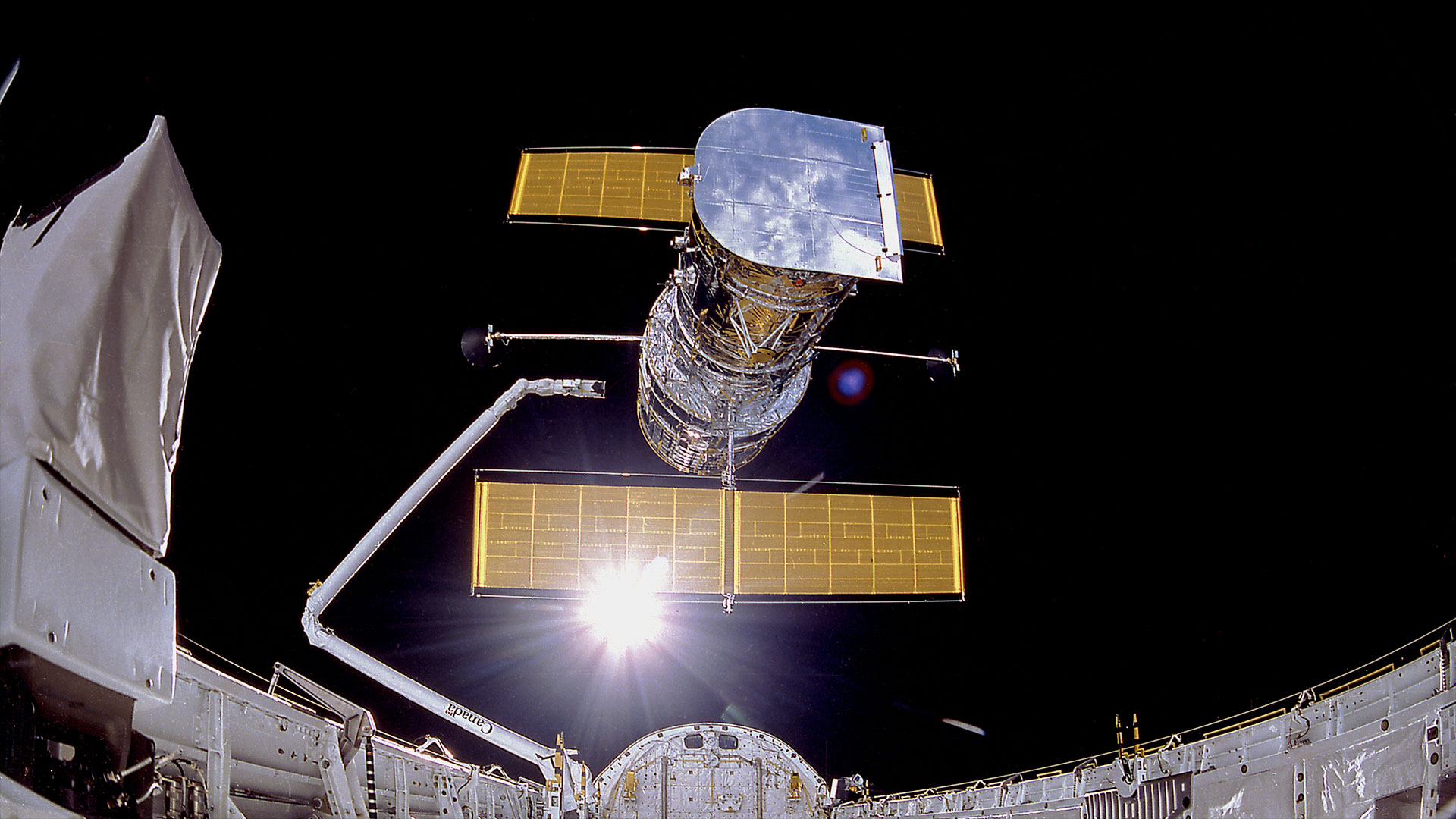Gary Anderson: How I'd fix F1's under-fire 2026 engine rules
As Formula 1 prepares for a debate with big repercussions for its 2026 rules package, Gary Anderson offers his solution
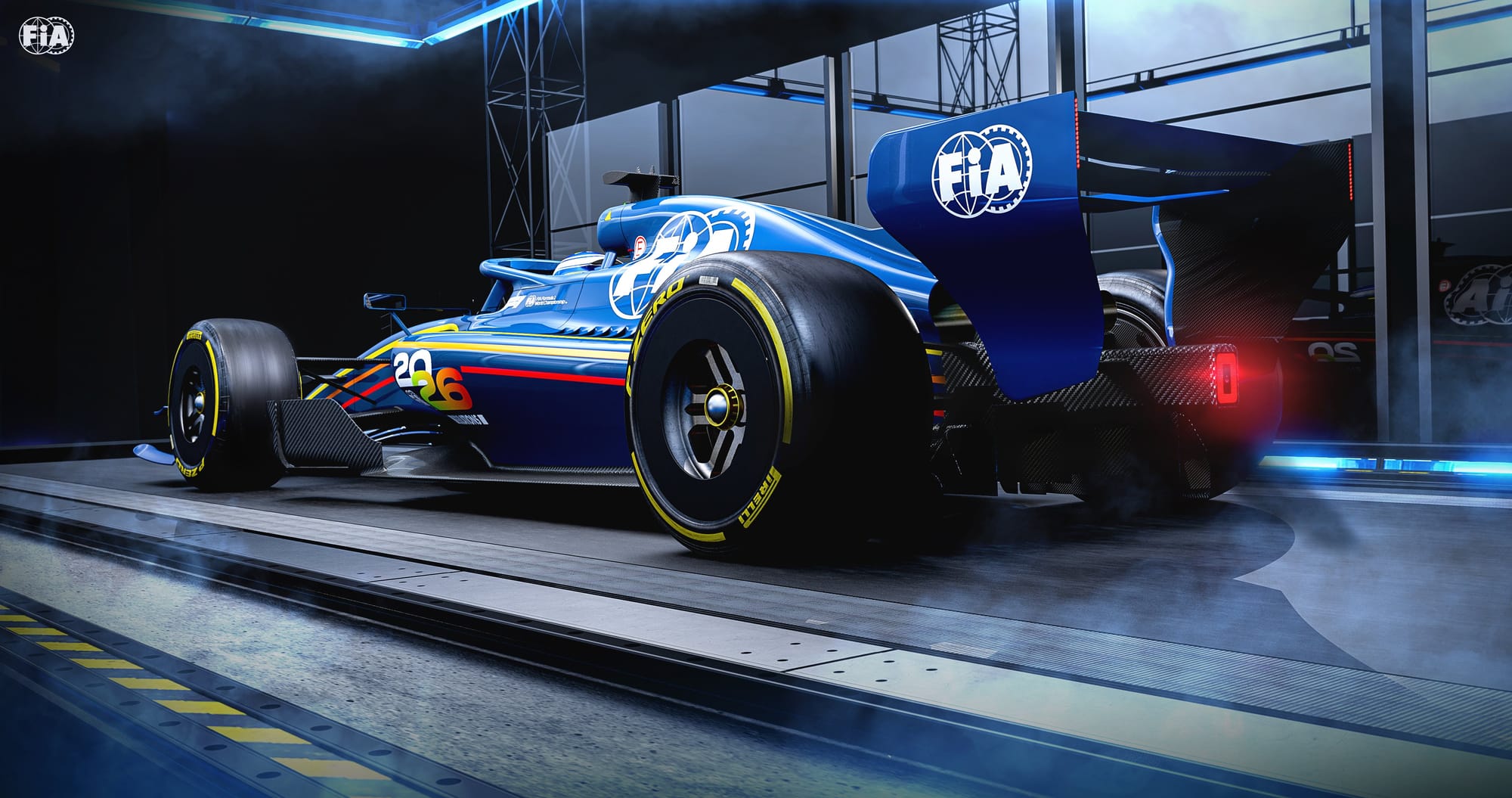

Since the new Formula 1 power unit regulations for 2026 were introduced, there has been much debate as to whether they are suitable or not, further fuelled by FIA president Mohammed Ben Sulayem suggesting a return to the eardrum-bursting V10 engines.
His statement didn't really offer much stability or show faith in F1's current rules direction, and must have caused a few ripples in many of the power unit manufacturers' boardrooms.
They're now going to be discussing major changes to the 2026 engines in a crunch meeting today.
Just to put it all in what might be called an understandable format, I've crunched the numbers, using data from a variety of sources to show what F1 is looking at doing and what I think it should be doing. The numbers have been rounded up and averaged etc to show what I consider a reasonable picture of where we currently stand.
It is based on 2024 data of the average of all 24 circuits, plus the outliers which need to be catered for - Monaco and Monza.
As for the headings, full torque is when the driver is requesting maximum power; in other words, on full throttle. Braking is when a driver is off throttle and hard on the brakes when they can have maximum harvesting, and part throttle is the in-between state.
It's possible to harvest a small percentage during this period, but normally it's mid-corner when the car has built up lateral G, and the last thing you need is the rear wheel locking up.
The top row is what we currently have averaged over all 24 races. At the moment, if teams use a 50/50 split between the rear axle harvesting using the MGU-K and the actual braking system on the rear axle, they recoup 3040kW or 22% of the total braking energy, which means we are throwing away 78% in wasted energy.
The second row is Monza, which is the most demanding at 84% for full torque, and the third row is Monaco, which is the least demanding at 56%.
The reason for not adapting some level of front axle harvesting is the potential weight addition and on top of that the worry that incoming Audi could be well ahead of the current F1 power unit manufacturers with its experience of the technology from its years in the World Endurance Championship.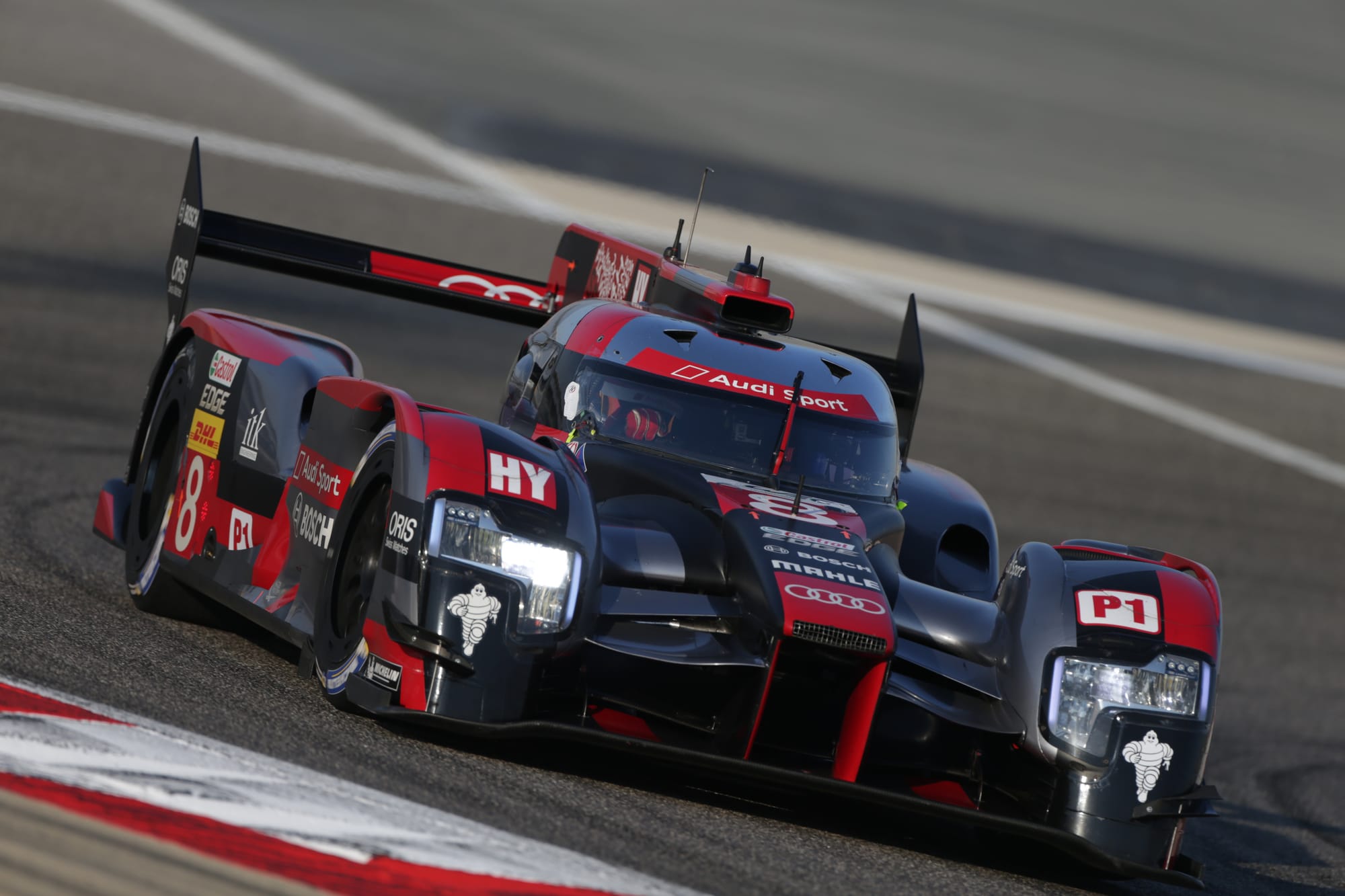
That worry could be eliminated by allowing the front axle harvesting system to be a bought in component and allowing Audi to be one of the suppliers.
To get a set of rough numbers to see what is possible, F1 needs to step back and put the cart before the horse. My average lap numbers show that you can harvest energy for approximately 20% of the time you theoretically want to deploy that energy for - so if you still want to have an output of 350kWs then you need an input of at least 1750kWs. With 7415kWs of energy being wasted you only need to harvest 20% of that to more or less satisfy your requirements.
It’s been possible to have a combination of hydraulic braking and energy harvesting from the rear axle, surely the same philosophy could be used on the front axle, with initially a little bit of help from Audi?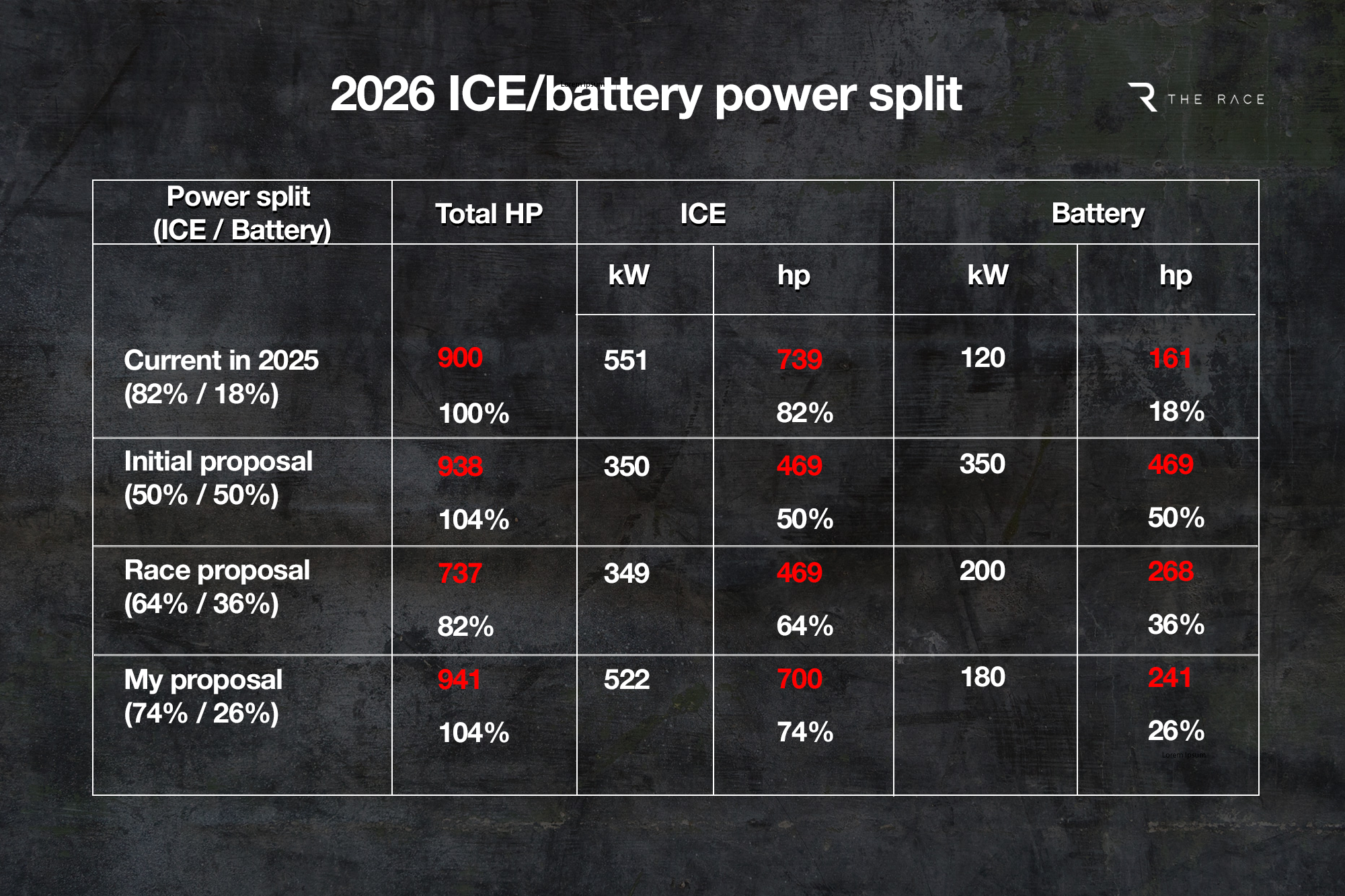
The next set of data estimates that the current power units generate a total of 900bhp. The maximum generated from the energy recovery system (ERS) is 120kW or 161bhp, so that means that the actual internal combustion engine (ICE) is producing 739bhp.
The initial proposal from the FIA was to have a 50/50 system with 350kW from the ERS, which is equivalent to 469bhp, and the same from the ICE. That means a total of 938bhp, so 4% more overall than the current package.
Now the suggestion is to use that actual set of figures for qualifying and reduce the ERS output for the race. The initial suggestion is to go to 200kW, which is 268bhp. Using the same ICE output as in qualifying of 469bhp, that equates to a total of 737bhp, which is roughly an 18% reduction of the current total power.
My proposal would be to go for the same for qualifying and the race: 180kW, which is 241bhp from the ERS. This is a 50% increase in the current output, which is a reasonable step, and combined that with the output from the ICE, which is currently 739bhp. But because of using renewable fuels we might just see a small reduction in potential power output, so using 700bhp we end up with a total power output of 941bhp.
This is still in increase of 4% on what we currently have, so still a challenge for the engineers to achieve and it's in the correct direction of more power output for no more input.
You could also have a fiddle with the fuel-flow meter and the maximum race fuel to reduce it slightly. A reduction of 4% or 5% would be in the right direction - after all, very few teams actually fuel the car to the maximum allowable fuel load mainly because of the price you pay for that extra weight.
The first thing to say is that the current cars are much slower in the race than in qualifying. There are many factors for this, tyres and weight being the main ones, but even still, I think there is something missing that we just can't put a finger on.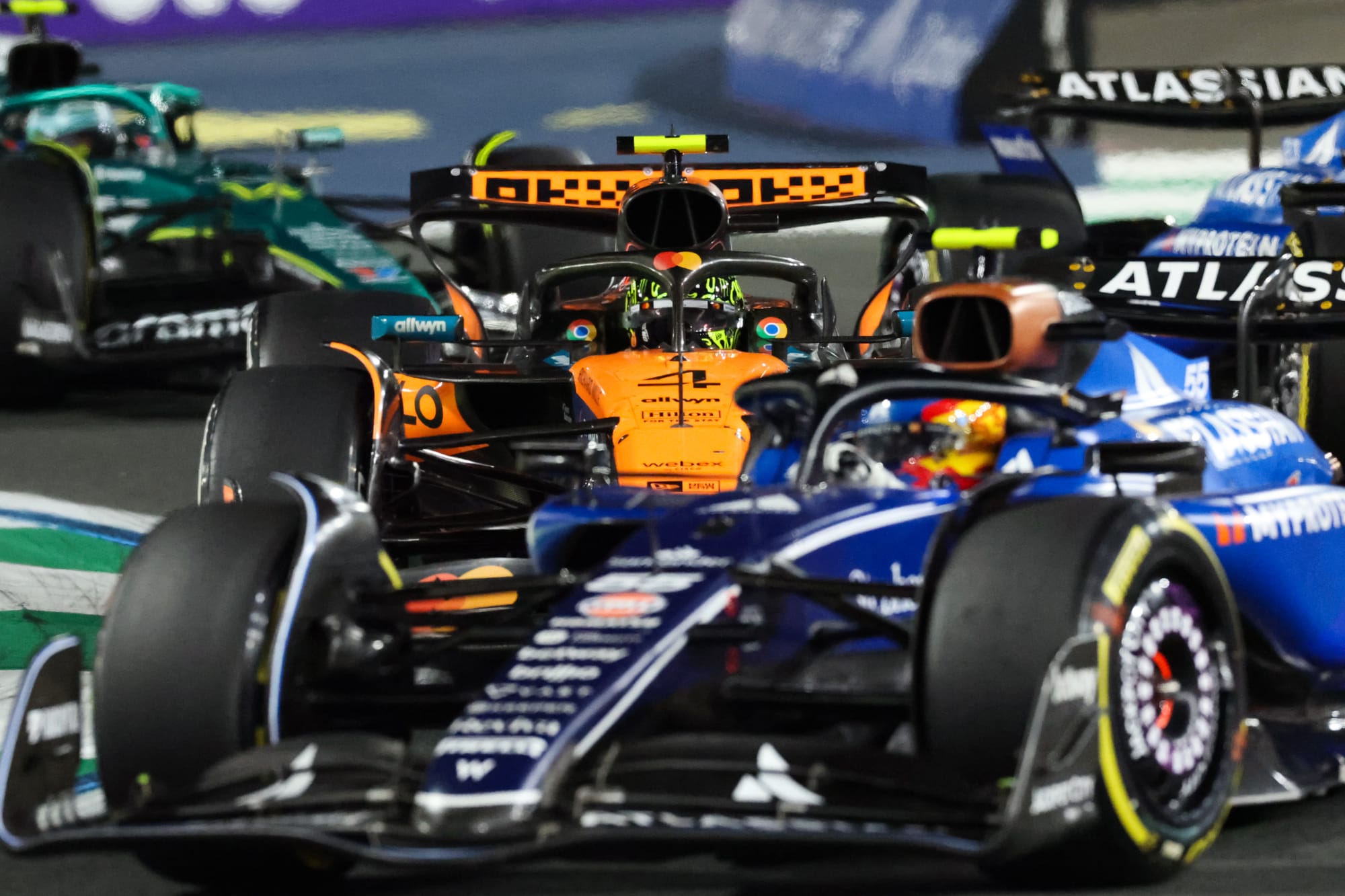
In qualifying, you can use everything you have in the battery pack and you can recharge it to its maximum on the inlaps and outlaps, plus any harvesting that can be achieved during the actual fast lap.
On top of that, anything that can be harvested from the MGU-H, which oddly we don't have for next year, is as we might call it free energy. You can use that on top of the allowable 120kW of electrical energy per lap or to top up the battery pack.
The fuel is easy: it is roughly 0.3 seconds per 10kg of fuel so, at the start of the race with an extra 100kg in the car, that accounts for the cars being three - perhaps four - seconds slower. But in the early part of the race, we are seeing cars seven, eight or even nine seconds slower.
To try to understand this a little better I have taken the top three cars in qualifying and compared that to the top three race fastest laps, which were normally done near the end of the race when the fuel loads are not dramatically different. These are not necessarily the same cars or drivers but by averaging them out we reduce the potential discrepancy. I have also converted that time delta into a percentage.
Race laptimes vs qualifying in F1 2025 so far
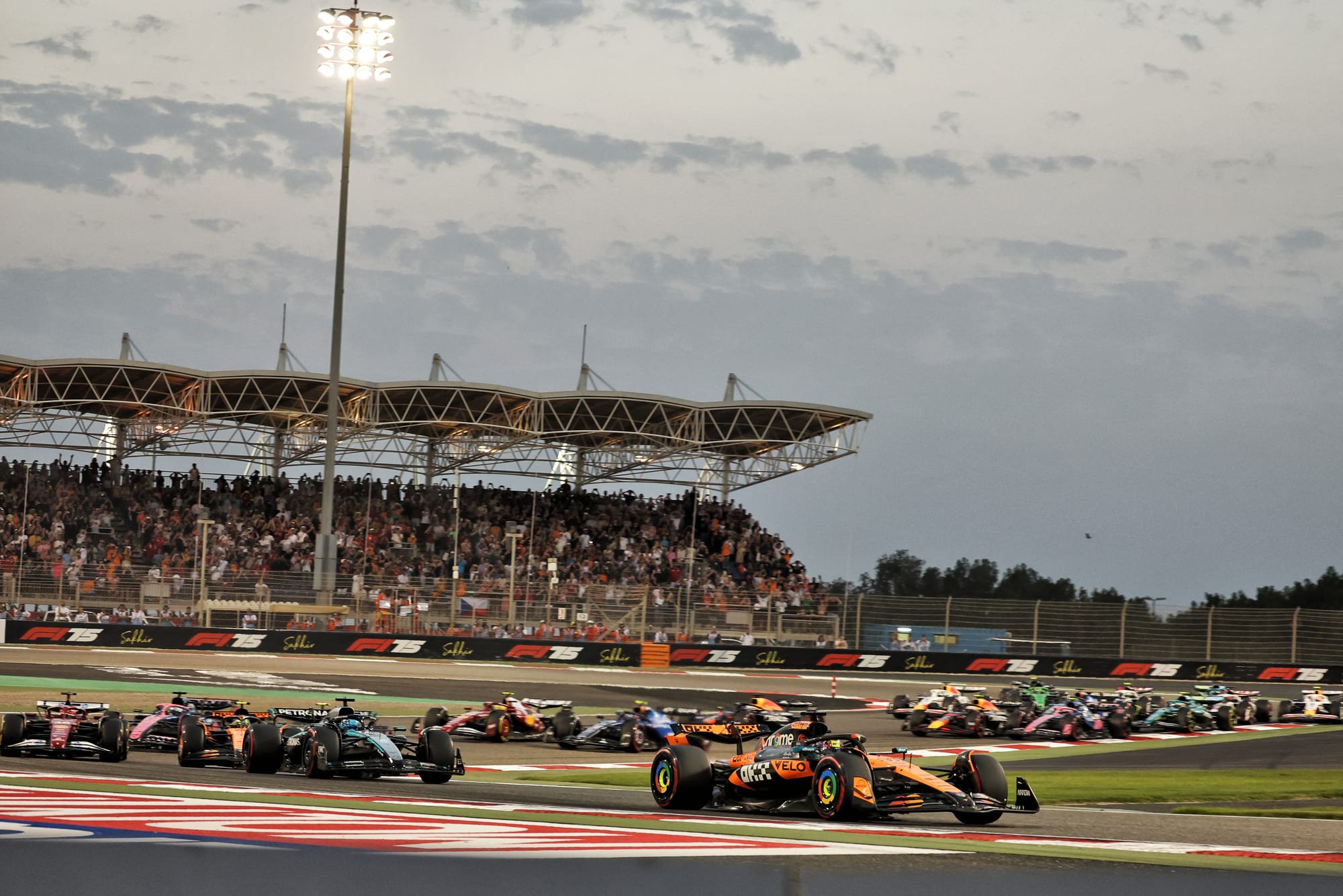
Australia: +9.95%*
China: +5.26%
Japan: +4.61%
Bahrain: +6.059%
Saudi: +5.417%
2025 average so far: +6.260%
*likely influenced by wet start/finish of the race
If we go for the FIA's second proposal of 350kW in qualifying, reducing to 200kW for the race, this delta percentage between qualifying and the race will increase dramatically.
As a rough rule of thumb, 10bhp is equal to 0.1s, so a 160bhp reduction would equate to roughly another 1.6s per lap slower.
I think my proposal would still be challenging to achieve, and perhaps the numbers need a little fiddling with. But I think that there is the basis of a solution to what most teams believe is potentially a major problem.
























